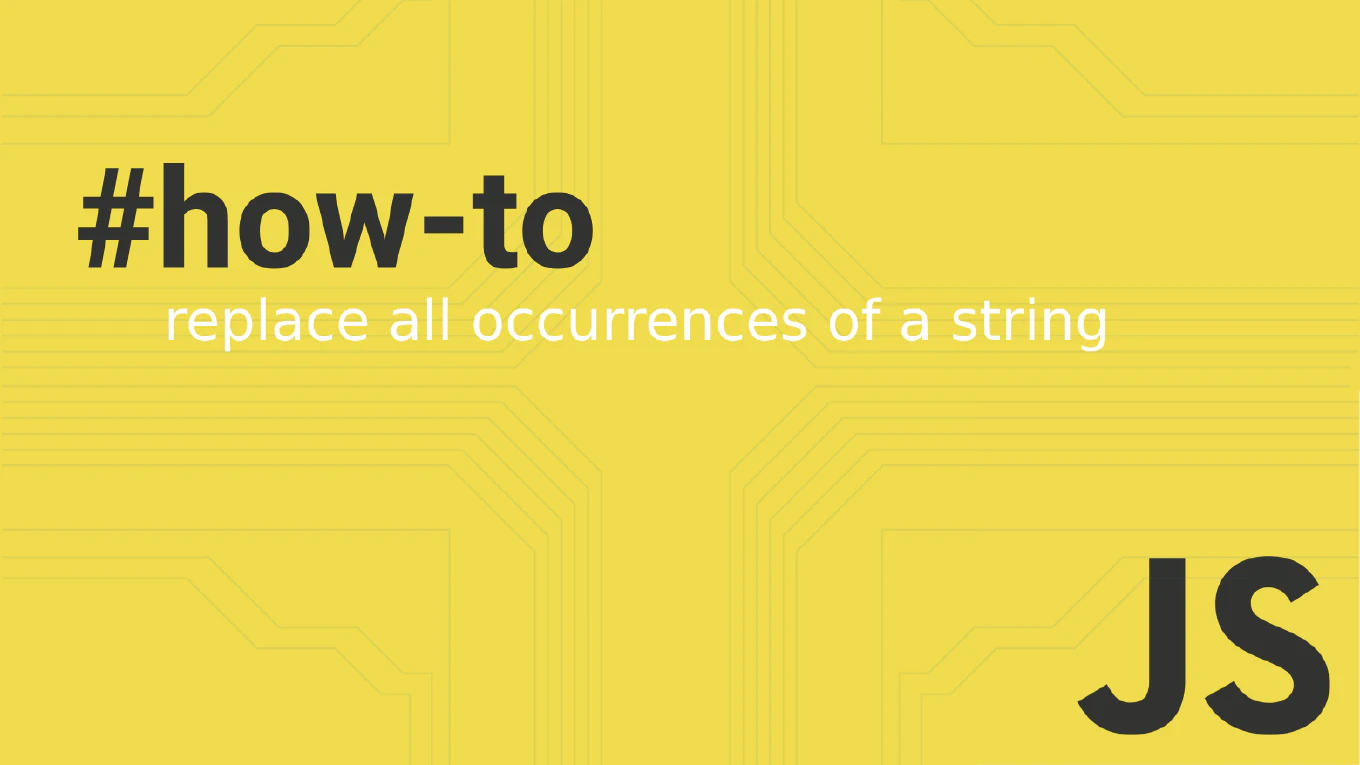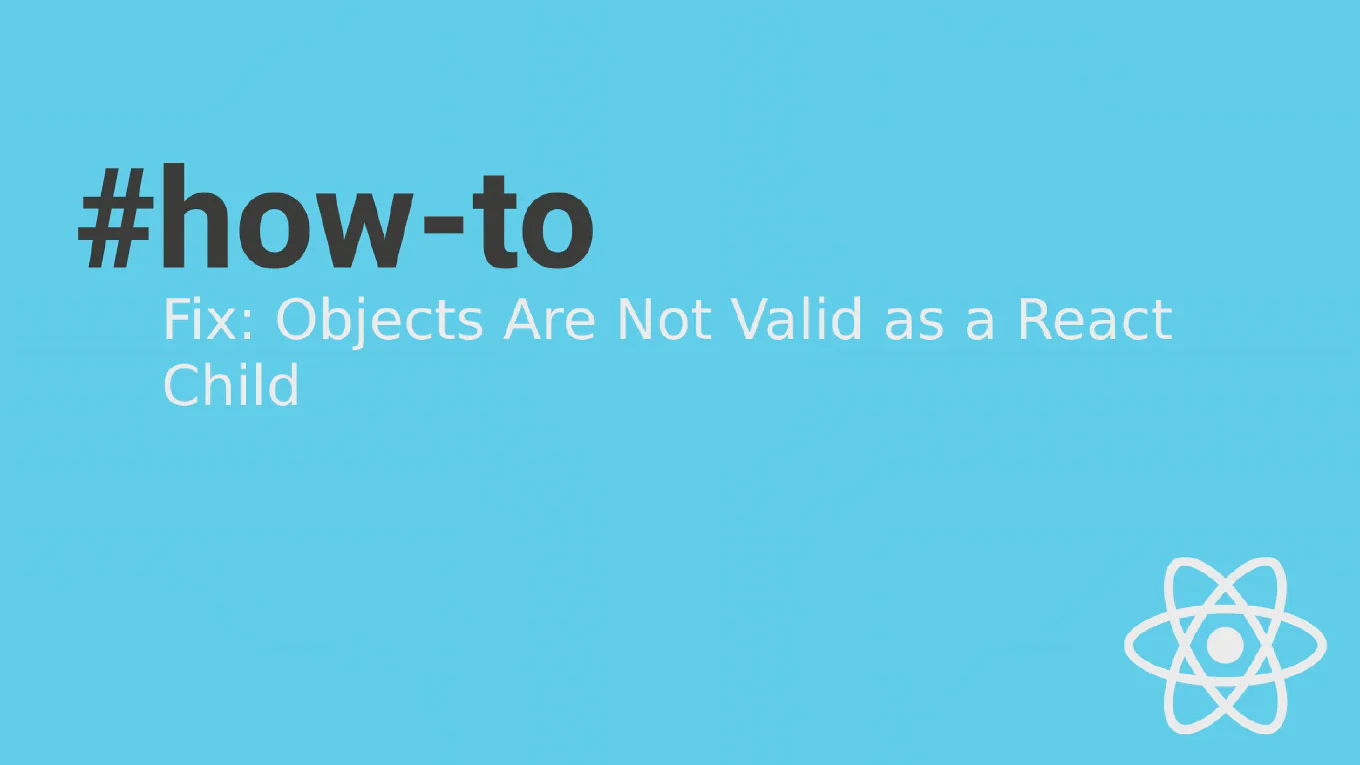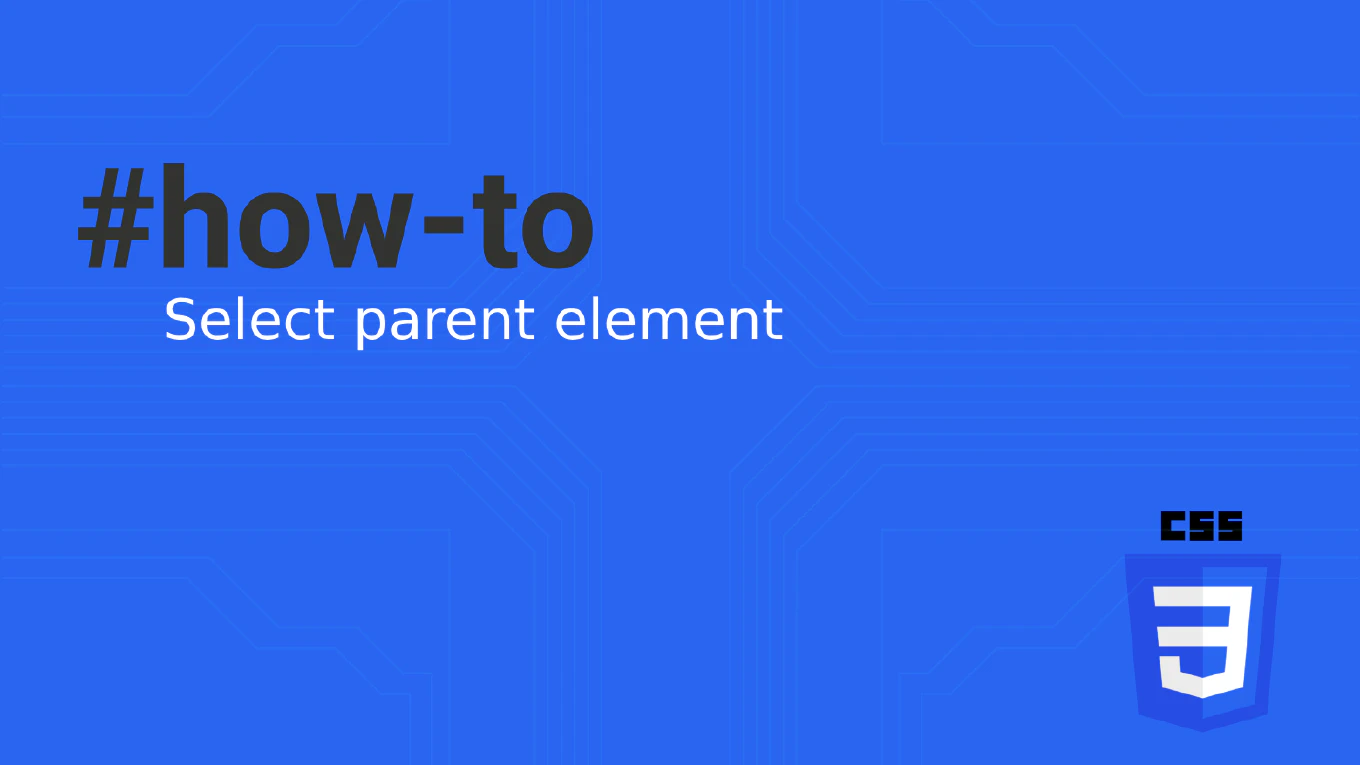How to send emails with Nodemailer
Sending emails is crucial for Node.js applications that handle user notifications, password resets, and transactional messaging. As the creator of CoreUI with over 11 years of Node.js development experience since 2014, I’ve implemented email functionality in countless enterprise applications. The most effective solution is to use Nodemailer with SMTP transport for reliable email delivery. This approach supports all major email providers and provides full control over email content and formatting.
How to generate PDF files in Node.js
Generating PDF files is essential for Node.js applications that create invoices, reports, certificates, and downloadable documents. As the creator of CoreUI with over 11 years of Node.js development experience since 2014, I’ve built PDF generation features in countless enterprise applications. The most effective solution is to use PDFKit for programmatic PDF creation or Puppeteer for HTML-to-PDF conversion. This approach provides full control over document layout and formatting.
How to generate Excel files in Node.js
Generating Excel files is crucial for Node.js applications that provide business reporting, data export, and analytics features. As the creator of CoreUI with over 11 years of Node.js development experience since 2014, I’ve built Excel export functionality in countless enterprise dashboards. The most effective solution is to use the xlsx library (SheetJS) to create Excel files with proper formatting and multiple sheets. This approach provides full control over spreadsheet structure and works efficiently for files of any size.
How to generate CSV files in Node.js
Generating CSV files is essential for Node.js applications that export data for spreadsheets, reports, or data interchange. As the creator of CoreUI with over 11 years of Node.js development experience since 2014, I’ve implemented CSV export functionality in countless enterprise applications. The most effective solution is to use the fast-csv library or build a simple CSV generator that converts data arrays to CSV format. This approach handles edge cases like quotes and commas while providing efficient file generation.
How to stream file downloads in Node.js
Streaming file downloads is essential for Node.js applications serving large files efficiently without consuming excessive memory. As the creator of CoreUI with over 11 years of Node.js development experience since 2014, I’ve optimized file serving in numerous enterprise applications. The most effective solution is to use Node.js streams with createReadStream to pipe files directly to the response. This approach handles files of any size efficiently while maintaining low memory usage.
How to validate file uploads in Node.js
Validating file uploads is critical for Node.js applications to prevent security vulnerabilities, malicious files, and storage abuse. As the creator of CoreUI with over 11 years of Node.js development experience since 2014, I’ve implemented secure file upload validation in countless enterprise systems. The most effective solution is to use Multer’s fileFilter option combined with file size limits and MIME type validation. This approach provides comprehensive validation before files are written to disk.
How to upload multiple files in Node.js
Handling multiple file uploads simultaneously is crucial for Node.js applications with features like photo galleries, document management, or batch processing. As the creator of CoreUI with over 11 years of Node.js development experience since 2014, I’ve built multi-file upload systems for enterprise document management platforms. The most effective solution is to use Multer’s array() or fields() methods to handle multiple files in a single request. This approach efficiently processes multiple files while maintaining validation and storage control.
How to upload files in Node.js
Handling file uploads is essential for Node.js applications that manage user-generated content, documents, or media files. As the creator of CoreUI with over 11 years of Node.js development experience since 2014, I’ve implemented file upload systems in countless enterprise applications. The most effective solution is to use Multer middleware with Express to handle multipart form data and file storage. This approach is robust, configurable, and provides full control over file validation and storage.
How to handle filtering in Node.js APIs
Implementing filtering allows users to search and narrow down results in Node.js APIs, essential for data-heavy applications. As the creator of CoreUI with over 11 years of Node.js development experience since 2014, I’ve built robust filtering systems for enterprise APIs. The most effective solution is to accept filter criteria as query parameters and build dynamic where clauses for database queries. This approach provides flexibility while maintaining performance and security.
How to handle sorting in Node.js APIs
Implementing sorting is essential for Node.js APIs that return lists of data, allowing clients to order results by any field. As the creator of CoreUI with over 11 years of Node.js development experience since 2014, I’ve built sortable APIs for countless enterprise applications. The most effective solution is to accept sort field and direction as query parameters and apply them to database queries. This approach is flexible, performant, and follows REST API best practices.



